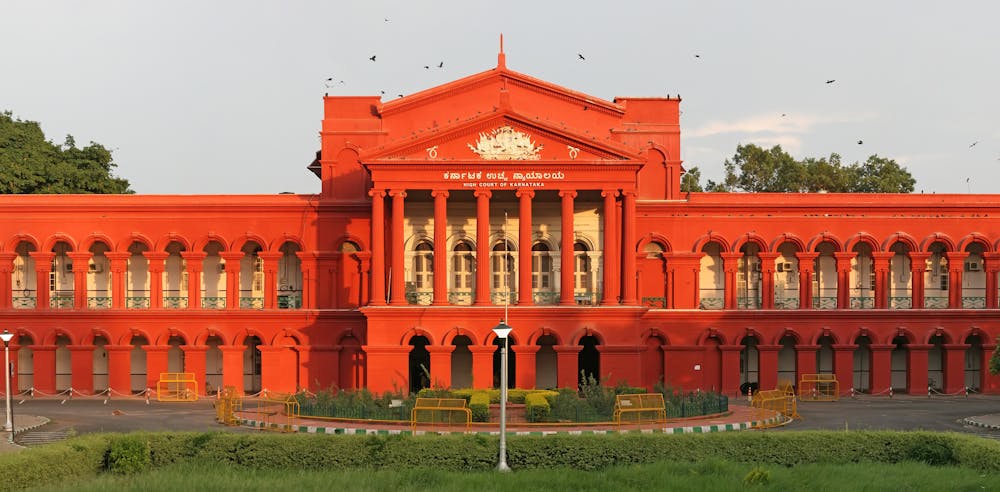Through the Bommai Judgement, the court discusses the use and misuse of article 356, or the imposition of President’s Rule over a state. After independence, President’s Rule would be invoked approximately 2.5 times a year - it went against the federal character of the Indian political system, where administrative responsibilities are shared by union and State governments. Bhimrao Ambedkar was at the forefront of the criticism against the injudicious use of article 356. He claimed that it was an article very likely to be abused for personal gain. His insight had proved true multiple times - before 1994, Article 356 was repeatedly abused to dismiss state governments ruled by political parties opposed to the ruling party at the Federal level.
S.R. Bommai, then the Chief Minister of the Janata Dal Karnataka government, found his cabinet dismissed at the hands of the Congress-led centre in 1989 under article 356. The dissolution was on the grounds that Bommai had lost a majority following large-scale defections. He was not given a chance to test his majority.
Bommai then went to court against the governor of Karnataka’s recommendation of President’s Rule. The High Court dismissed the case, so Bommai took it to the Supreme Court. Five years, and an arduous legal battle later, in 1994 the Supreme Court issued a historic order that put an end to the arbitrary dismissal of State governments under article 356. To this day, the Bommai Judgement, as it is known, remains one of the most historically cited verdicts of the Supreme Court.

